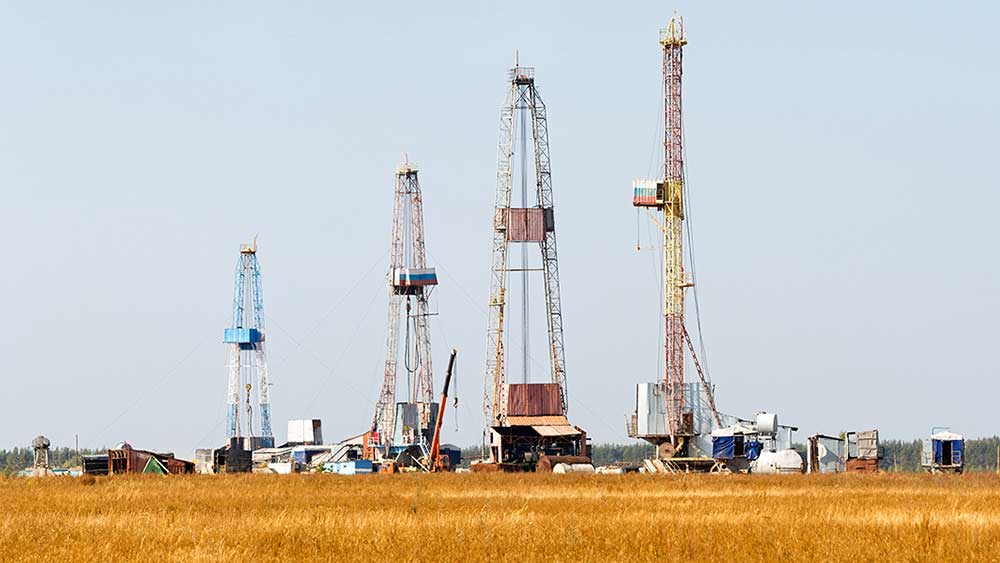Saudi Arabia and the United Arab Emirates reportedly reached a production agreement that paves the way for additional increases this year. Oil prices fell Wednesday.
X
The UAE will now have a new production quota baseline of 3.65 million barrels per day, up from it current quota of 3.17 million bpd, an OPEC+ delegate told Bloomberg.
That would effectively allow the UAE to pump more oil and resolves the main obstacle to the oil group boosting production for the rest of this year and extending a broader deal to limit growth through through 2022.
The UAE-Saudi agreement still needs approval from the rest of OPEC+.
But later Wednesday, sources told Energy Intelligence that Iraq will also seek an upward revision to its own production baseline.
Such follow-on demands are what Saudi Arabia wanted to avoid in initially denying the UAE its request for a new baseline. Now Iraq and any other similarly minded producers could push OPEC+ to the brink again.
Without a deal, OPEC+ had to keep production at current levels, squeezing supply. In late June, OPEC estimated that if output stays the same, the supply provided by the oil group will fall short of expected demand by 1.5 million bpd in August and 2.2 million bpd in Q4.
The dispute with the UAE saw multiple meetings in early July end with no resolution. On July 5, an agreement remained elusive, and ministers weren’t even able to set a date for another meeting.
Industry watchers had expected a smooth OPEC+ meeting after Saudi Arabia, de facto leader of the Organization of the Petroleum Exporting Countries, and top partner Russia hammered out a tentative agreement to gradually add 2 million barrels a day to OPEC+’s output via monthly boosts of 400,000 bpd between August and December.
The plan also called for extending their overall agreement to curb supply to December 2022 from April 2022.
Every country was on board except the UAE. The deadlock had threatened to undo the broader limits OPEC+ put in place last year, when the pandemic caused oil demand to collapse. Without any curbs, oil prices eventually could head back down as members pump freely.
IBD Live: A New Tool For Daily Stock Market Analysis
Oil Prices, Oil Stocks
U.S. crude futures fell 2.8% to settle at $73.13 then lost 3.3% in late trading. Brent crude oil prices dropped 2.3% to $74.76, then also proceeded to sell off further. The drop came despite the U.S. Energy Department reporting crude inventories fell by 7.9 million barrels, more than forecasts, marking the eighth straight weekly decline.
Exxon Mobil (XOM) shares fell 2.2% on the stock market today, and Chevron (CVX) dropped 1.9%. Among top shale stocks, Diamondback Energy (FANG) lost 6%, EOG Resources (EOG) fell 3.7% and Continental Resources (CLR) slumped 6%.
Despite the OPEC+ turmoil, analysts at Goldman Sachs still see gradual production increases through Q1 of 2022, with Brent oil prices hitting $80 a barrel this summer.
Follow Gillian Rich on Twitter for energy news and more.
YOU MAY ALSO LIKE:
These Are The 5 Best Stocks To Buy And Watch Now
Winners And Losers As Oil Prices Grow Hot Amid ‚Hot Vaxxed Summer‘
Catch The Next Big Winning Stock With MarketSmith
Get The Latest News About Oil Stocks And The Energy Industry
These Leading Stocks Sell Off Hard As Stealth Weakness Expands
[ad_2]
Source

